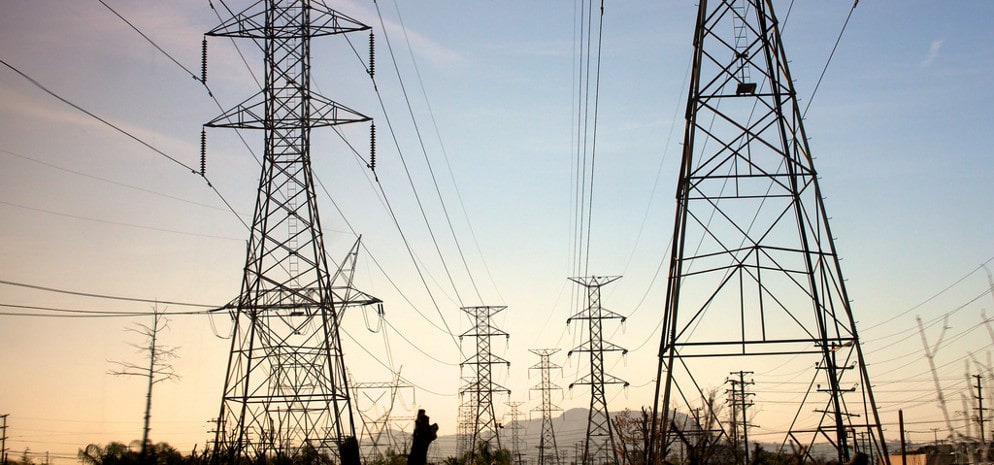Is SEIA adding power transmission to its mission? The Solar Energy Industries Association and the American Wind Energy Association urged Congress last month to authorize direct cash payments that would allow companies to take advantage of clean energy tax credits even if they can’t get tax equity financing, just as lawmakers did in 2009 through the Recovery Act. Abigail Ross Hopper, president of the solar energy trade group, said the industry wants to be “really specific in what we’re asking Congress for, in terms of helping us stem the tide of job losses.” She suggested an extension of clean energy tax credits as well as federal investment in new transmission lines, to help move solar and wind power from regions where it’s abundant to energy-hungry cities where it’s needed. Source: Los Angeles Times
Solar power plants get help from satellites to predict cloud cover: Cloud cover is often characterized in simple terms, such as cloudy, partly cloudy or clear. This does not provide accurate information for estimating the amount of sunlight available for solar power plants. A new method for estimating cloud optical properties using data from recently launched satellites is known as Spectral Cloud Optical Property Estimation, or SCOPE and uses real-time GOES-R longwave imagery. Source: Journal of Renewable and Sustainable Energy
Vistra is increasing the size of its battery energy storage project at the site of its Oakland Power Plant. The battery will now have a capacity of 36.25 megawatts/145 megawatt-hours instead of the previously announced 20 MW/80 MWh. Vistra anticipates the battery storage project will enter commercial operations by January 2022. The project has received necessary approvals from East Bay Community Energy, a Community Choice Energy provider, and from Pacific Gas and Electric. The battery system will be a partial replacement for the aging 165 MW jet fuel-fired plant, which is currently on a Reliability Must-Run contract with the California Independent System Operator.
REC Group did not infringe Hanwha Q-Cells’ ‘215 patent, an Administrative Law Judge with the US International Trade Commission has ruled. The cells in question were REC’s N-Peak and Alpha technologies. Hanwha may choose to challenge the decision. Source: REC Group
A professor from the University of Arkansas is using his $3.6 million award from the U.S. Department of Energy Solar Energy Technologies Office to protect solar technologies from cyberattack. The professor, Alan Mantooth, will lead a group consisting of researchers from the University of Georgia, University of Illinois at Chicago, Texas A&M University-Kingsville, the National Renewable Energy Laboratory, Argonne National Laboratory and General Electric will focus on identifying and mitigating vulnerable spots in solar arrays, with a specific focus on projects’ inverters. Source: University of Arkansas
Better living through video conferences: Montana Public Service Commission gets Zoom-bombed. (Montana Public Radio)
This content is protected by copyright and may not be reused. If you want to cooperate with us and would like to reuse some of our content, please contact: editors@pv-magazine.com.








By submitting this form you agree to pv magazine using your data for the purposes of publishing your comment.
Your personal data will only be disclosed or otherwise transmitted to third parties for the purposes of spam filtering or if this is necessary for technical maintenance of the website. Any other transfer to third parties will not take place unless this is justified on the basis of applicable data protection regulations or if pv magazine is legally obliged to do so.
You may revoke this consent at any time with effect for the future, in which case your personal data will be deleted immediately. Otherwise, your data will be deleted if pv magazine has processed your request or the purpose of data storage is fulfilled.
Further information on data privacy can be found in our Data Protection Policy.